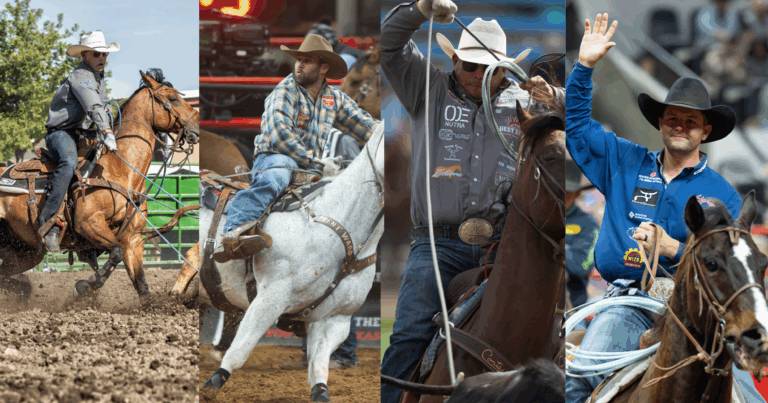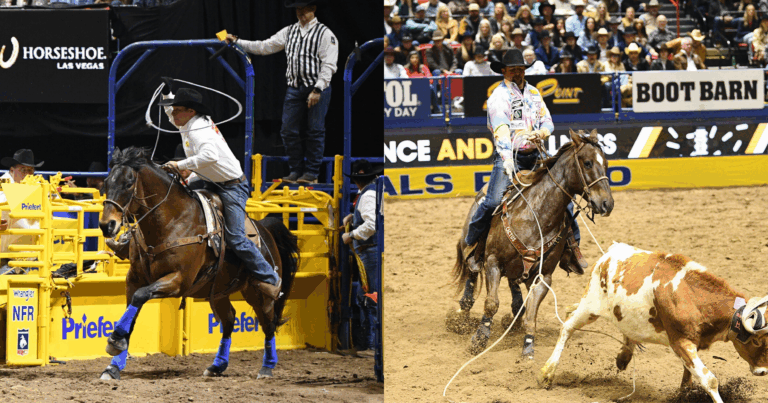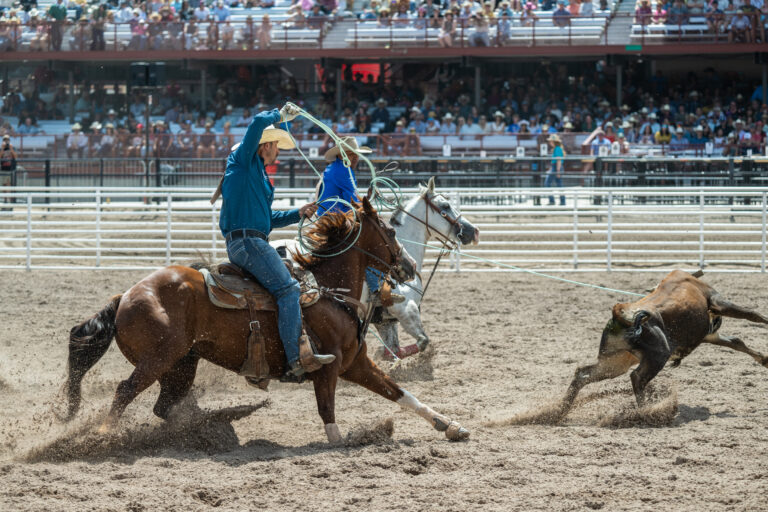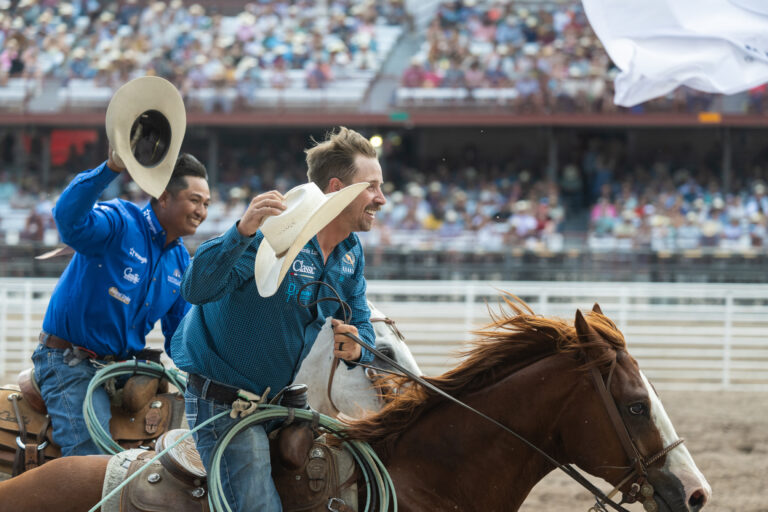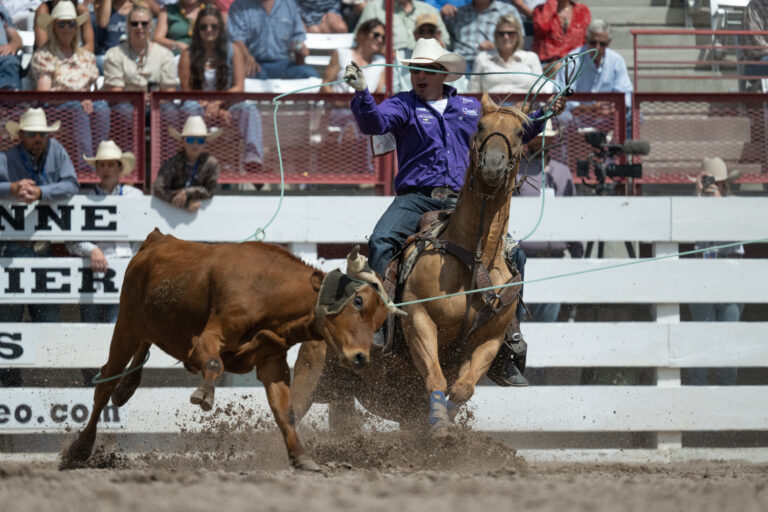Rodeo cowboys’ own old wives tales can take on a life of their own, and the rule of thumb that fifth in the world standings after Cheyenne makes the Finals sure is one that runs rampant.
But just because it’s an old wives tales doesn’t mean it’s not true. Here’s the breakdown on what this means, where it came from and whether the best in the world believe it:
The saying goes, if you’re fifth in the World at Cheyenne, you’ve got the Finals made. That’s because, after years and years of watching the standings and trying to make the NFR, guys like Tee Woolman, who’s rodeoed since buying his permit in 1979, saw a trend.

“I don’t know if it’s halfway there or what, but usually whatever is fifth after Cheyenne is what it takes to make the Finals,” Woolman, a three-time world champ and ProRodeo Hall of Fame header, said. “It could be a touch less or a touch more. I don’t know why we came up with that, but we got to looking to see where everybody was at and that seemed true. Back in the day, you’d know you’d have the Finals made and some people wouldn’t go to the Northwest, and they’d hang out and rodeo back in Texas. But if they didn’t have that much won, they’d have to go more.”
Fifth in the World After Cheyenne in 2022
As of the week after Cheyenne in 2022, Dustin Egusquiza is fifth with $74,774.98 on the head side, and Jake Long is fifth with $82,410.90 in the heeling.
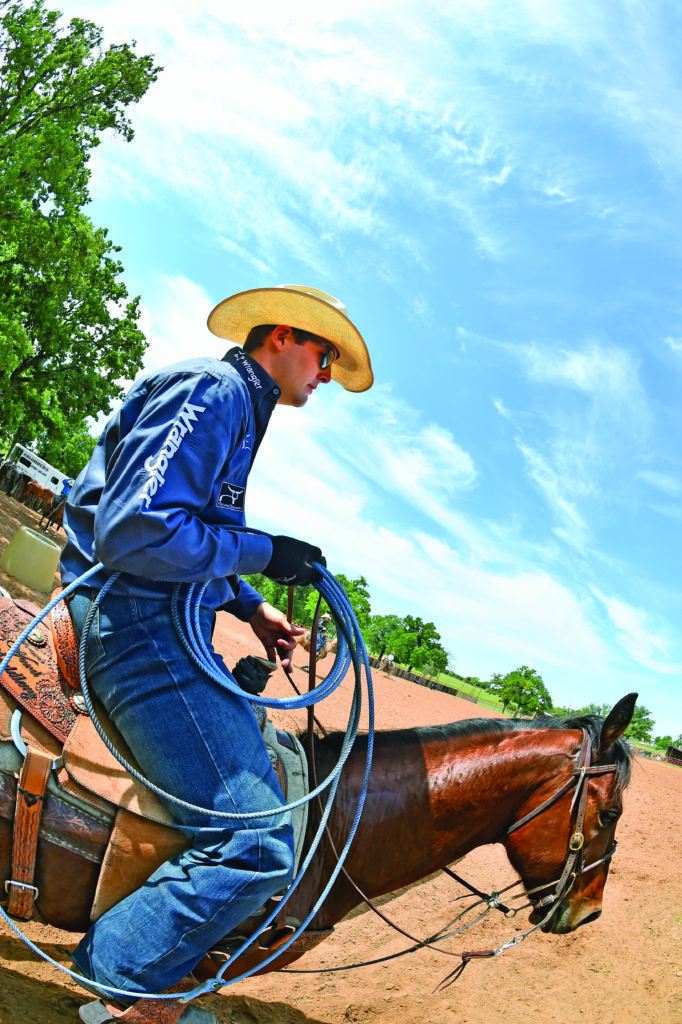
“Now you look at 16th place,” Woolman explained. “You figure they might have between 20 and 25 rodeos left to count, maybe more. And we’ve always said you need to win $1,000 per rodeo all year to make the Finals.”
This year, the No. 16 guys are Cory Kidd with $54,340.32 won heading, and Brye Crites with $55,431.49 won heeling. If they were to average $1,000 per rodeo assuming they have 25 rodeos left, that would put Kidd at $79,340 and Crites at $80,431. That’s a decently close estimate, going by Woolman’s theory. Kidd could be in, and Crites could be out. But of course, we know how much can change over the next two months of the season. This year, San Juan Capistrano is back with its $220,000 in added money, and the Tour Finale in Puyallup, Washington has $232,500. There’s a lot of money left for the taking in 2022.
“The rodeos pay so much better at the end than they used to,” said Clay Tryan, rodeo’s all-time winningest team roper. “It always took $60-$70,000, but all it takes is the guy at No. 14 of No. 15 to win Puyallup or Pendleton, and things get more interesting.”
Annual Comparisons
While 2020 and 2021 rodeo seasons and earnings were deeply affected by rodeo cancellations from COVID-19, the 2019 season might be the best comparison to 2022. That year, it took Jake Cooper $73,190.95 to make the Finals in the No. 15 spot on the head side, and it took $71,190.22 for Tyler Worley to make it heeling.

“We get 10 more rodeos this year, so that will add at least $10,000 more to what it takes,” two-time NFR heeler Cole Davison said. “Martin Lucero always said you need to win $1,000 a rodeo, and I believe him because he did it for so long. I’ve got 35 rodeos left, and I only have $33,414.16 won, so I guess I have to win more than that $1,000 per rodeo.”
‘Stacking Checks’
ProRodeo’s team ropers can count 75 rodeos in 2022, up from 65 in 2021. Logically, then, $1,000 a rodeo will make that “No. 5 in the standings by Cheyenne” rule pretty true in 2022.
“These numbers came from stacking checks,” said Lucero, who won $1.8 million in his career and hauled with Woolman early in his career. “Some years it’s harder than others to do that. People try to do too much all the time and end up running over themselves instead of roping each steer for what it is. If you win sixth or whatever the number is, that’s money that adds up. There’s not as many two-headers as there used to be, so it has changed. I know there’s a lot of risk whenever it’s a one-header, and 4.8 is the last hole. You’ve got to take some chances. That part has changed quite a bit.
“But still, at the end of the day, if you watched Cheyenne, if you just get to the short round, you’re going to win good money just knocking the last one down,” Lucero continued. “For a while, I roped with a lot of guys that were young in their careers, so it was more helping them realize that you don’t have to win first every time to make the Finals. You could make good runs, maintain your horse, maintain your sanity and still make the Finals. And that’s what these guys need to do for the rest of the summer.”





